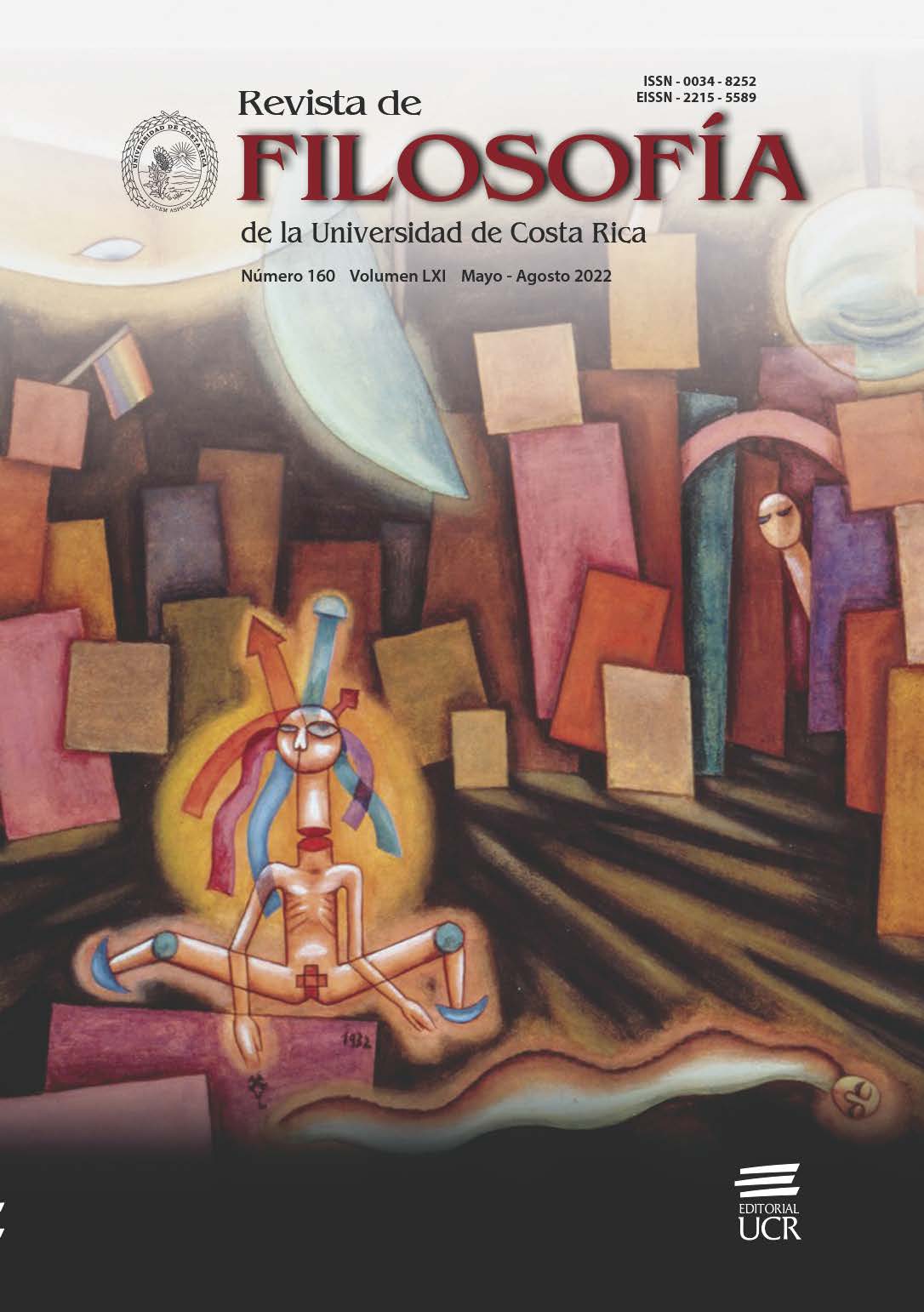Abstract
The motto of the Delphic oracle, γνῶθι σεαυτόν (nosce te ipsum, “know thyself”), has enjoyed an immense fortune in Western philosophical culture; among the early Greek thinkers it became particularly associated
with Socrates as we know him through Plato, who mentions the motto in connection with Socrates’ attitude to philosophical enquiry in no less than five dialogues (Philebus, Phædrus, Charmides, Protagoras, Timaeus, Alcibiades I). On the other side, exhortations to know (one’s) self are rife in the Indian Upaniṣads, beginning
with Yājñavalkya’s famous admonishment to his beloved “philosophical” wife, Maitreyī, that the ātman alone should be contemplated, listened to, reflected and meditated upon. But what is the “self” which is the object of the quest in both philosophical traditions? On the Indian side, its equation with the spiritual principle is more straightforward, since the term ātman covers at once both the function as the reflexive pronoun and the meaning of “soul”. On the Greek side, on the other hand, the equation of tò autó with psychḗ is not immediately apparent, and must be gained through philosophical investigation. In both traditions, however, access to the real essence of the ātman/psychḗ is difficult to obtain through rational discourse, and extra-rational devices are sometimes resorted to in order to assist and catalyze the theoretical insight. Among them, surprisingly enough, the metaphor of the pupil of the eye, named equivalently kórē and kanīnikā in either language, is applied on very similar terms in the story of Prajāpati’s teaching to Indra and Virocana narrated in the eighth chapter of the Chāndogya Upaniṣad and in Socrates’ instruction to Alcibiades in the
dialogue named after the latter.
##plugins.facebook.comentarios##

This work is licensed under a Creative Commons Attribution-NonCommercial-NoDerivatives 3.0 Unported License.
Copyright (c) 2022 Paolo Magnone

